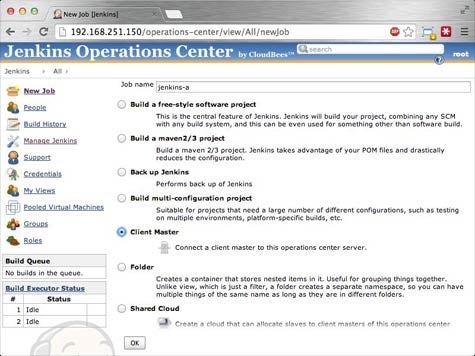One of the primary reasons that agile development has been so successful has been the emergence of the open source Jenkins project, which provides a framework that makes managing the continuous delivery of software a whole lot easier. The problem is that organizations now have many implementations of Jenkins, which means there’s still no central command and control.
Looking to provide that capability, CloudBees today announced the release of Jenkins Operations Center by CloudBees, an operational management platform that resides on top of the commercial implementation of Jenkins that CloudBees markets to enterprise customers.
According to Steve Harris, senior president of products for CloudBees, when it comes to the management of the continuous application delivery of Java applications, enterprise IT organizations have reached a tipping point. Pockets of Jenkins implementations across the enterprise, says Harris, do not provide as much visibility and control of the application development process as there should be. In addition, it forces developers to log into multiple Jenkins repositories versus being able to leverage a federated console that allows them to have a single sign-on capability for all the instances of Jenkins.
Of course, multiple ways of managing continued delivery exist, including the Hudson project that is now owned by Oracle, from which Jenkins is derived.
Harris says the 70,000 installations of Jenkins show that the processes associated with managing the release of applications is maturing rapidly. In fact, in many instances, developers are using Jenkins to manage the process without any help from the IT operations team.
However, the bad news is that so many points of command and control across the application development process do not allow clear distinction of who is doing what and when.




